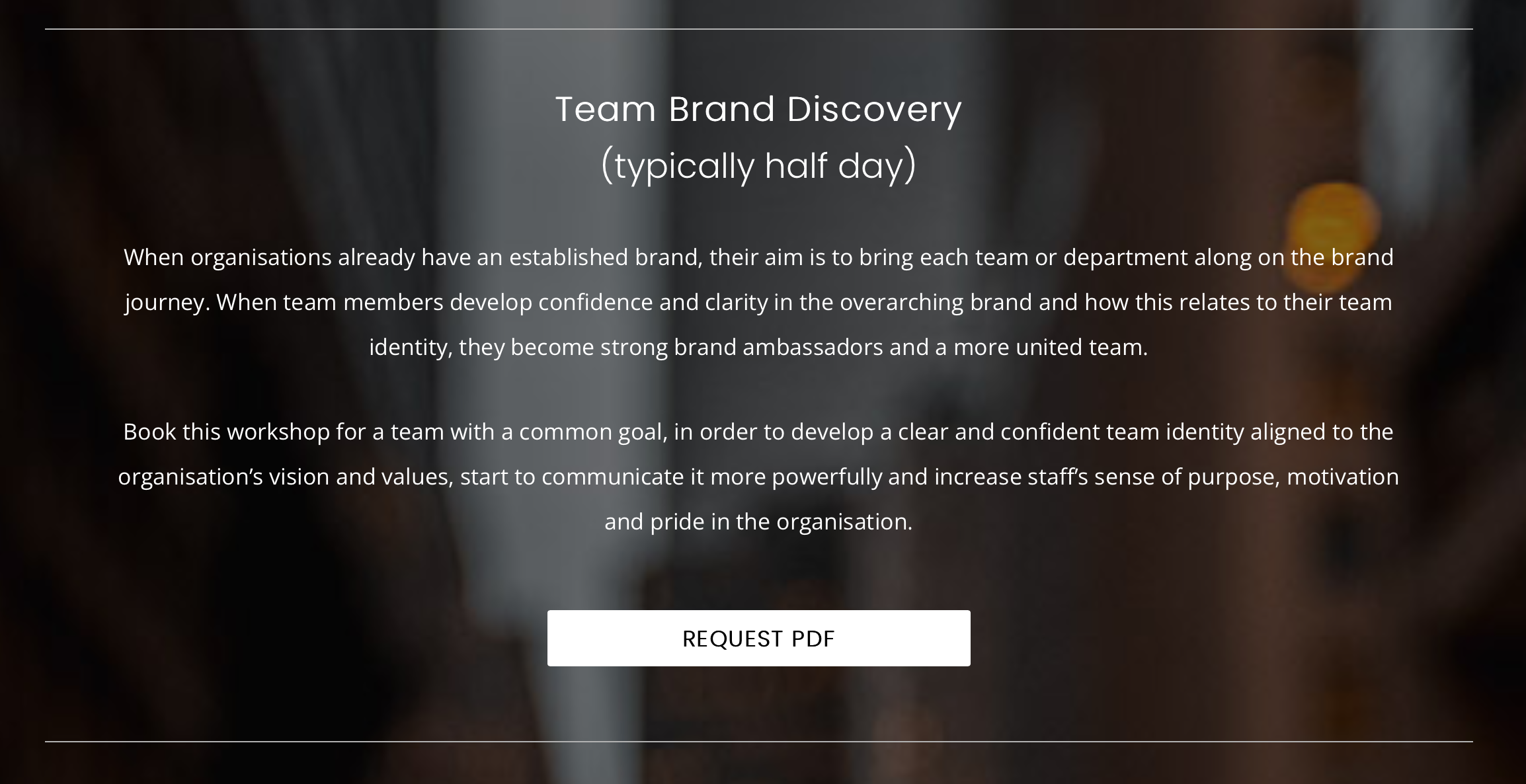Talking to everyone? Talking to NO-ONE.
Using a Value Proposition Chart to FOCUS on WHO you are talking to.
Having just completed a sprint of team branding workshops and leadership brand strategy sessions to clarify positioning and value messaging, front-of-mind at the moment is the importance of narrowing your message to a specific audience.
Talking to everyone? No, you’re not.
In presentations on brand communication, I always tell the audience: ‘If you’re talking to everyone, you’re talking to NO-ONE.’
People’s first impulse when asked to identify their stakeholders or client segments is to give me a long list of examples, or simply to say, ‘Well, everyone, really!’ This is most prevalent among entrepreneurs starting new businesses who want to grow their market as quickly as possible. Unfortunately, many of us (myself included, in the early days of starting a business) learn the hard way: When you try to appeal to everyone, or many, your message ends up unclear, untargeted and ultimately… unheard.
When you try to appeal to everyone, your message ends up unclear, untargeted and ultimately… unheard.
If you want to gain traction quickly, keep it focused… just like a laser (many beams targeting one spot). It may seem counterintuitive, but a narrow approach will actually attract wider audiences – even ones you don’t expect. This is because you are ACTUALLY SAYING SOMETHING – and that will appeal strongly to your target audience, and others besides.
A business example
In a recent workshop with an energy client, I asked the group to identify their main ‘buckets’ of stakeholders. This experienced team straight away agreed on the 5 key audiences that they build a presence with, through their work every day. They knew them well – who they are, where they play, what they need from the team.
As we considered each stakeholder group and what the team helps them achieve, it was quickly evident how vastly different the messaging (both in content and language) needed to be to appeal to different groups.
For example, a community stakeholder may be largely concerned with the sustainability of their region: the provision of jobs and the welfare of its people. While this might also be a consideration for an internal stakeholder such as the executive team that our team answer to, the most important point to highlight with internal decision-makers might be how the team’s plan contributes to the company’s strategy to reach commercial, financial and ESG goals.
While the team knew this, taking the time to put the value proposition for each stakeholder into CLEAR WORDS was seen as an important step in empowering them to be more confident communicators when they step in front of these audiences (including online).
Your take-away here
Work with your team to put together simple value proposition chart like the one below, to help clarify some laser-focused messaging – then use the chart as a ‘roadmap’ when planning your communications to these audiences.
Deceptively simple… but difficult to do well. It will require some workshopping, reviewing and improving – and the all-important step of ensuring everyone is on the same page!
| WHO |
WHAT products, services, experiences, access & expertise (what we offer that they want) |
WHY Impact, results (what does this help them achieve?) |
CLIENT/PROJECT EXAMPLE (where have we achieved this already?) |
| Stakeholder / Client Segment 1 | |||
| Stakeholder / Client Segment 2 |

